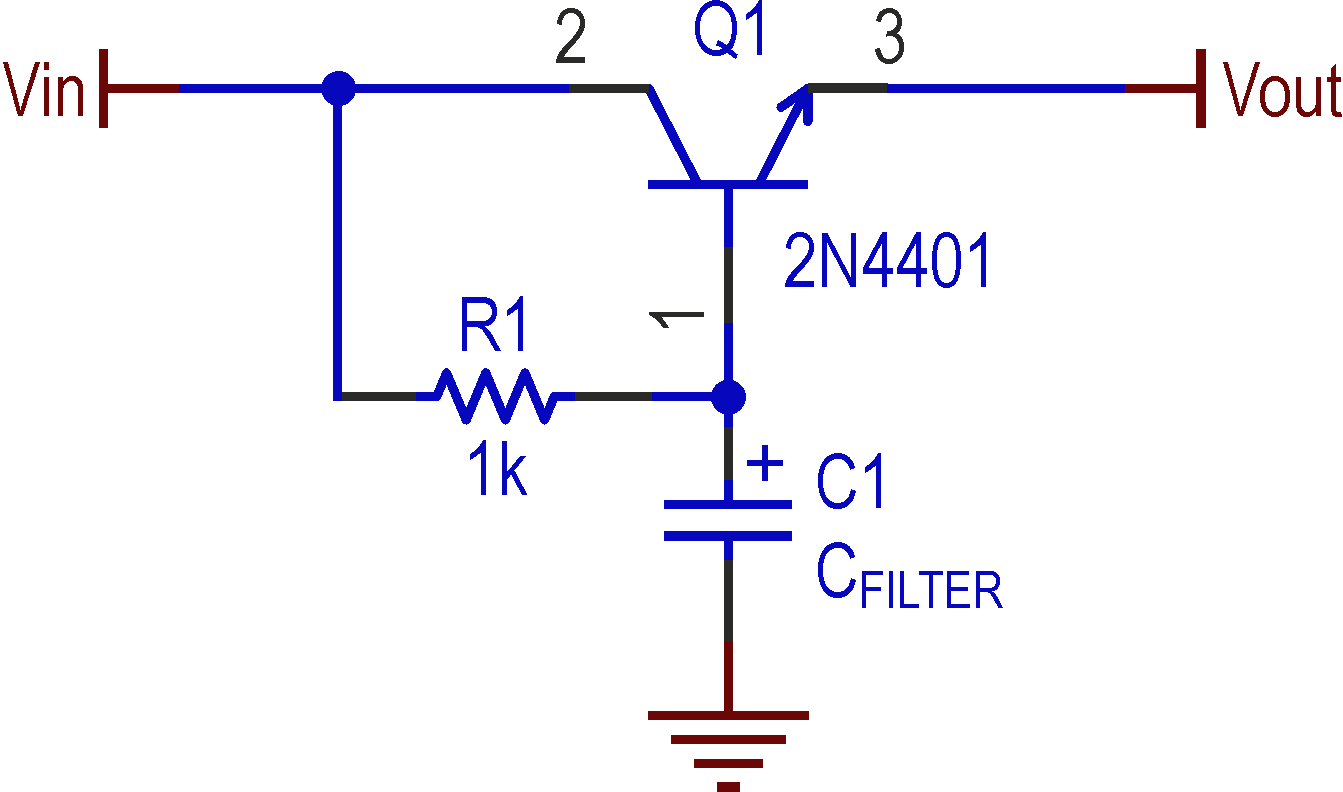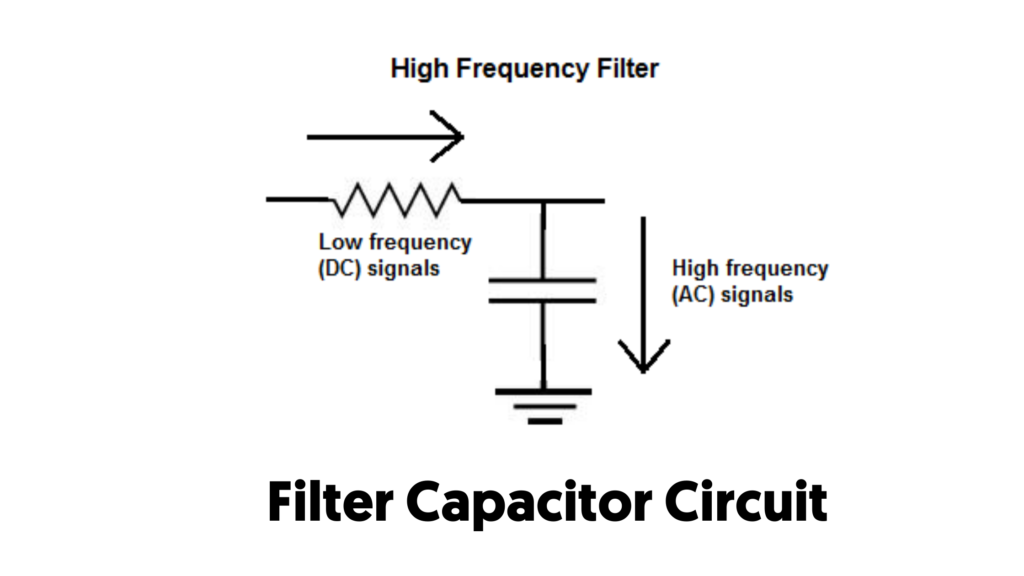Noise Filter Circuits with 2N3819 FET Circuit Diagram Capacitors in Circuit Filtering. Capacitors are the circuit component that blocks low frequencies. However, they are not limited to use in high-pass filters only. Depending on the configuration of the circuit, capacitors can also be used in the formation of low-pass filters (e.g. a capacitor with a resistor can form either a high-pass or a low Explore the role of capacitors in circuit protection, filtering, and energy storage. Learn how capacitors work in both AC & DC circuits for various applications. Upload a List Noise Filtering. Now imagine you took the same idea as the low pass filter but simply connected your power supply and ground together with a capacitor. At first, the

When noise enters a DC current flowing inside an electronic circuit, voltage fluctuations could occur, leading to IC malfunctions. To deal with this, capacitors are widely used to remove noise. This is because a capacitor functions as the simplest noise filter by blocking DC current while allowing noise to pass. If you're a software guy, then you can filter the noise in software, that's the cheapest option :) But considering you do want to make a low-pass filter, you need a capacitor and a resistor. simulate this circuit - Schematic created using CircuitLab.

The Role of Capacitors in Filtering Circuits Circuit Diagram
They are often used in power supply circuits to filter out low-frequency noise. Safety Capacitors (Class-X and Class-Y): These capacitors are designed to protect against electrical shock and are used in AC line filtering to suppress EMI/RFI. Class-X capacitors are connected across the AC line, while Class-Y capacitors are connected between the

Benefits of Capacitors in Filtering Circuits. The use of capacitors in filtering circuits offers several benefits, including: Signal Conditioning: Capacitors help in conditioning the desired signals by removing any unwanted noise or interference. This ensures that the output signal is of high quality and suitable for further processing. Some sources suggest using a single capacitor, while others advocate for using multiple capacitors in parallel. Also, I'm uncertain about what capacitance value to choose and which type of capacitor would be most suitable for the job. Here are a few questions I have: 1. Is it better to use one or two capacitors in my circuit for noise filtering?

Reducing Noise in a 12V DC Circuit: Schematic for a Filter Circuit Diagram
A capacitor is connected between a power supply line and grounding to prevent noise propagation to the subsequent circuit (Load side) by passing the noise to the grounded side. This capacitor is sometimes referred to as a bypass capacitor because it bypasses noise to the ground, or as a decoupling capacitor because it separates the circuits of
